TLDR & TLDL: Morena! Today I wanted to take a closer look at the sustainability of the elimination strategy and whether there is any imminent chance of a meaningful reopening. The short version is we have to keep elimination, but we also can’t open up. We are stuck in a cage of our making, which was the right thing to do, but we also shouldn’t kid ourselves we will be able to open up much any time soon (ie 18 months to two years)
The Government is struggling to understand and decide how to tell everyone it doesn’t know how to safely dismantle ‘Fortress NZ’ any time soon. Its success in building that fortress is now hardening into a siege mentality because the circumstances here and overseas mean it can’t easily or quickly change, including:
Firstly, vaccines aren’t stopping reinfection of others and are waning in effectiveness, meaning hopes for herd immunity are gone, unless an amazing new booster is invented;
Secondly, our hospital system can’t cope with any form of Covid-delta outbreak bigger than the one we’re now eliminating, so we can’t realistically ‘let it rip’;
Thirdly, there’s no easy or fast or safe way to create more MIQ spaces to increase the drip-drip-drip of spaces to become even a trickle;
Fourthly, it unlikely there is any realistic final vaccination rate high enough to avoid overwhelming outbreaks, especially given relatively low vaccination rates and high hesitancy among the most vulnerable groups (young Māori and Pasifika);
Fifthly, unlike in Australia and elsewhere overseas, there is broad public support for the current hard elimination strategy with a hermetically sealed border, so there is unlikely a turnaround forced by political pressure.
Standing and peering out through the bars of Fortress NZ, bewildered
In essence — and understandably — we built a cage for ourselves that is so safe that we believe we can’t open it up without the Covid cats getting in and eating all the weakest ‘budgies’ in the flock. So, we are stuck holding onto the bars, peering out, indecisive and sensibly anxious, not knowing what to do next, and hoping like hell that those circumstances outside the cage change so we can venture out safely again and allow our whanau to return.
The trouble is most of us ‘budgies’ haven’t understood that, don’t really want to know that, and have been allowed to kid ourselves that we can safely reopen the cage within a few months.
Most business owners, voters and consumers are still in the magical thinking stage of believing reopening is just a few months away, if only we can quash the latest outbreak. Or if it does take longer, believing that we can keep elimination in the meantime without repeated long, hard and widespread lockdowns, and that it can be done with some sort of much-expanded or dedicated MIQ facilities and home isolation for returnees.
None of those beliefs are true, and senior Cabinet ministers understand that, but they can’t work out how to tell us without either spooking everyone, or undermining the collective effort to quash the current outbreak. All of this is understandable, but those having to make decisions about their businesses and lives should know it so they don’t hang on to a failing strategy or business, or plan trips etc with the belief these assumptions are true.
We’ve learned this week that the key ministers believe that ‘reconnecting to the world’ is now realistically unlikely for another 18 months to two years, in part because of what has just happened in Australia, what we’ve learned from our own outbreak, and what we’re seeing with waning vaccine effectiveness in Israel and elsewhere. And we’ve learned that the borders will have to stay hermetically sealed to avoid damaging outbreaks and even more (and harder, wider and longer) lockdowns.
Where does this longer reconnecting timeframe come from?
Covid-19 Minister Chris Hipkins signalled yesterday and on Tuesday that the Skegg ‘Reconnecting to the world’ plan for allowing people into Aotearoa-NZ without quarantine has effectively been suspended because of delta and there had been a doubling-down on the elimination strategy inside Government while vaccination rates are still well below any remotely safe level.
Also, they don’t know where that safe level is and it may be impossibly high, given modelling published in the Lancet last month showed just 10 Covid incursions a day into the community would lead to nearly 6,000 hospitalisations and more than 500 deaths a year, even with a 90% vaccination rate among the most vulnerable groups.
Our hospital system in Auckland couldn’t handle that, given its stressed to the max with just the current 37 cases in hospital and six in ICU or high dependency units. (See more below in the Barbara Dreaver video documenting the struggle of one Pasifika man with Covid to get staff to take him from MIQ and put him into a scarce hospital bed).
Also, even 90%-plus vaccination rates among those vulnerable groups (particularly younger Maori and Pasifika) looks unlikely, given surprisingly high vaccine hesitancy rates and currently low vaccination rates. The most relevant stats on this are that young Maori and Pasifika people get much more of their information and entertainment from Youtube and Facebook than the broader population, which remains somewhat connected to official sources and the mainstream media. Here’s the latest stats from NZ OnAir, which show where Maori and Pasifika people aged 15-plus get their info from.
Fortress NZ is likely to stay closed until 2023 at the earliest
In my view, New Zealand’s borders are now set to remain hermetically sealed until well into 2023, given delta is now ripping through New South Wales and Victoria before they’re 50% vaccinated and ministers see no reopening of the Trans-Tasman bubble being imminent. The Government also believes it is unable to expand MIQ capacity much because of a limited number of hotel rooms with the right ventilation and a lack of staff for them.
Meanwhile, Hipkins has also said building new facilities would take too long to make a difference in the next 18 months to two years before better vaccines and a safer overseas situation would improve the outlook. My reading is the Government is coming to the view it can’t afford to open up much early next year without the unavoidable border breaches and the risk delta outbreaks that overwhelm our already-at-capacity health system. They also see strong voter support for elimination and ‘Fortress NZ’, regardless of the costs for business and the awful humanitarian and family situations that expats and people here find themselves in when separated from families.
My current reading of this is the Government will stick with elimination, very limited MIQ places and repeated long, hard and wide lockdowns until well into 2023 to prevent the inevitable border incursions becoming out-of-control oubreaks. The Government wants to buy as much time as possible in the hope of getting better vaccines that stop onward transmission by the vaccinated and breakthrough infections.
That means those hoping for extra space in MIQ or home isolation options to begin opening up early in 2022 to bring in staff or family, or to safely venture out for family, business or holiday reasons, should think again. There is no clear pathway or real expectation of that now. That moment is more like mid-to-late 2023, or even 2024. Even that is now very dependent on the creation of better vaccines and control of outbreaks overseas.
A beautiful and safe cage we can’t open, or get out of, any time soon
In short: Accidentally on purpose, New Zealand has done an extraordinary job quashing Covid three times, and looks to be on track to doing that again with this delta version of Covid (there was just one new mystery case yesterday and that mystery total is down to 25).
But that success has meant we have created a beautiful cage for ourselves that is still full of vulnerable communities that won’t be protected from hundreds of deaths, even if we get vaccination rates above 90% for them and everyone else.
That real and sensible fear means we are stuck: we can’t open the door and go outside, we can see through the bars that many others are doing things outside their cages, and we can’t widen the gaps between the bars a bit because we can’t renovate the bars and the gaps.
And the Covid cats just got smaller, faster, and more feral.
So how do we know this?
Hipkins told Parliament late on Tuesday (search for ‘surprise’ in this Hansard transcript) that delta had ‘changed the game’ for the Skegg report’s risk-based approach to opening up Fortress NZ. His comments reinforced the PM’s stronger view that elimination at all costs is the Government’s entire focus for now. Meanwhile, pandemic modeller Sean Hendy has told a select committee elimination is still weeks away. Read the full transcript of Hipkins’ exchanges with Chris Bishop and David Seymour to see what the Government currently believes between the lines. I have also included the audio in the podcast above.
Here’s some of Hipkins’ full quotes to give a sense of his thinking (the bolding is mine):
“Mr Chair, we set out some thinking—some early thinking—not long before this current lockdown, around what a future reopening might look like and how we might transition from a position where the border is not quite hermetically sealed but certainly very, very restricted compared to what it would normally be, to something where we might get a greater degree of movement across the border. We did that at the time and we set out at the time some thinking around a risk profiling exercise for different countries. It would be fair to say that Delta has actually changed some of the thinking about that even in the last few weeks.
“We were looking at a situation where you could stratify countries based on risk, and I think in the Delta environment, we actually have to consider whether, in fact, that's an appropriate thing to do, recognising that all countries, all people coming into the country at this point, have a degree of risk associated with them, and in some of the risk protection measures that we've had in place previously, like pre-departure testing potentially three days before travel, in a Delta environment where someone can be picking it up and being infectious within 24 hours—some of those things actually do need to be looked at again. Now, that all plays into a question mark about what our medium to longer term border settings will be. We haven't set out any new thinking on that. Obviously, at the moment, the focus is on responding to the current outbreak, but I think we will have to look again at some of that thinking around particularly the country-risk profiling, because I think Delta has changed the game.” Chris Hipkins in Parliament (Hansard) on Tuesday.
He also again indicated there were no plans for a dedicated MIQ facility, although the Government would not rule it out.
“At this point, when we established the MIQ facilities, the fastest way to do that was to contract existing hotels. It meant that you had rooms available very quickly, fully staffed, fully catered, and that was able to be stood up very quickly. Of course, a lot of work has gone into making sure that we drive as much risk out of those facilities as possible, but they are not purpose-built facilities. Purpose-built facilities would likely take quite a long period of time and be quite expensive to build at the scale of our current MIQ operations.
“We can operationalise about 4,500 rooms at any given time. That means there is a lot more rooms in the system than the 4,500, because you've got to allow for the fact that you can't have rooms occupied 24/7. They have to be cleaned in between use. And then the irregular nature, unfortunately, of travel in and out of the country means it's not always possible to optimise the use of those rooms—in the sense that a room might sit empty for five or six days. That doesn't mean it can be occupied by someone, because it has to be empty for the full 14-day period in order for it to be able to be booked. So there is a degree of inefficiency in the system, because it's a minimum two-week block booking, effectively, that means that you need a lot more rooms than you need in terms of operational capacity.
“The purpose-built MIQ facilities is something that we'll continue to consider. One of the big question marks, and I don't think it will come as a surprise to anyone in the House, is exactly how long we're likely to be using MIQ at the scale that we are using it at the moment. I think it is likely that we will need quarantine facilities; whether we need isolation facilities is another debate. So, at the moment, we have three hotels that we're using for quarantine—that's for people who have COVID-19. It is likely that we'll need to continue to be able to supply quarantine. The Government is looking at alternatives around isolation, and that includes the ability to isolate at home, and the extent of our willingness to do that, of course, is going to depend a lot on what happens in the next few months, around vaccination, around the overall risk of COVID-19 spreading in the community, and what that means for us as a country.
“So therefore—I know this is a roundabout way of answering the member's question—we don't have any plans on the books right now to build purpose-built facilities, but we certainly haven't taken them off the table. Part of the consideration there around that particular debate would be what we would do with those facilities in the periods when they were not required for managed isolation or quarantine. And so that's part of the conversation, too.
“I think it'd be fair to say it's not necessarily that the thinking has changed, but the thinking is changing and evolving, and it is an evolving situation that we're dealing with. I think that there are some things that we should put on the table and be upfront about. The first of which is: do we think it's viable for a prolonged period of time to continue to restrict movement at the border to the, sort of, 4,500 rooms worth of people in any given fortnight? I think the reality is it is not going to be viable to sustain that beyond the, sort of, immediate global response phase of COVID-19, which is obviously—the pandemic is still raging. So we are going to have to think about alternatives to that. Things like self-isolation are part of the question.
“Things like the elimination strategy itself and how the elimination strategy evolves, first of all in New Zealand that has a high rate of vaccination, which of course is what we're all pitching towards, but also in a world that will increasingly become more highly vaccinated over the next year, 18 months to two years. Now, we can look at some of the countries in the OECD and see high rates of vaccination there.
“Actually, they're not the ones that I worry about in terms of the spread of the virus. The virus is spreading and mutating in countries that have low vaccination rates. And actually, they are going to have quite a big impact on what happens at our border, those countries where the virus continues to spread, because what the epidemiologists and the virologists and all of the other scientists will tell us is that breakthrough infections—when it comes to vaccination—are more likely while the virus continues to spread rampantly. When we can turn that volume down globally, that is the point at which everybody becomes safer.
Hipkins was then asked about the contact tracing system and the risk of vaccine fade.
“If I could reflect very candidly about our experience from the first outbreak that we dealt with this year—or the first significant outbreak that we dealt with this year—the Valentine's Day cluster, I am much more reluctant to go down alert levels, to push hard to go down alert levels, quickly. I would rather that we give people certainty that knowing, when they're going down alert levels, they're not going to have to bounce back up again, which is what happened with that Valentine's Day cluster.” Chris Hipkins in Parliament.
It’s worth realising, given Hipkins’ comment above about countries with low vaccination rates, that India, China and the Philippines are among those with the lowest vaccination rates with good vaccines. They have been among the biggest sources of our temporary workers, students and tourists in the last decade. Those countries won’t be open to us or their residents for several years at this rate.
Longer reads, listens and watches worth your time

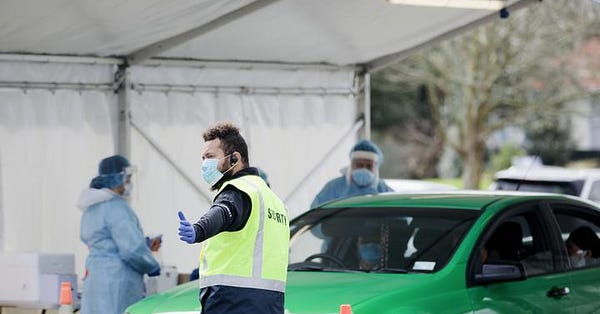

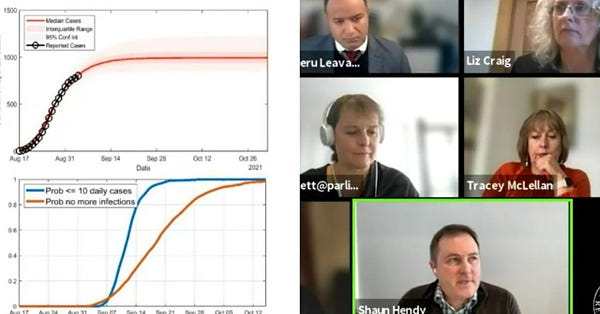
Chart of the day

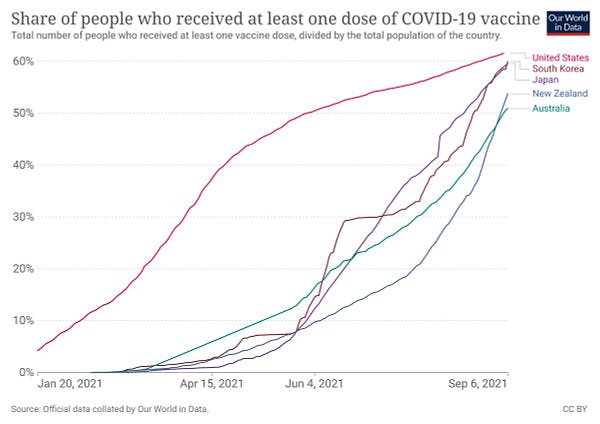
Some fun things

Ka Kite ano
Bernard







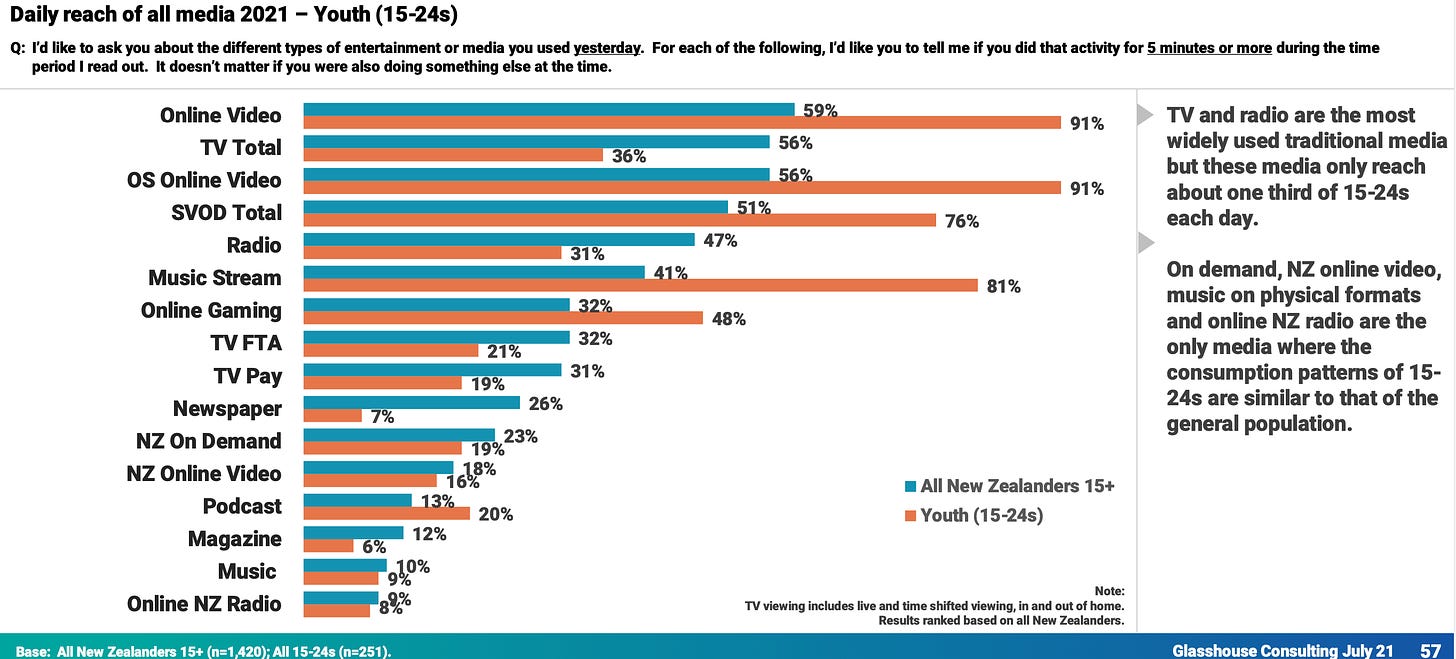



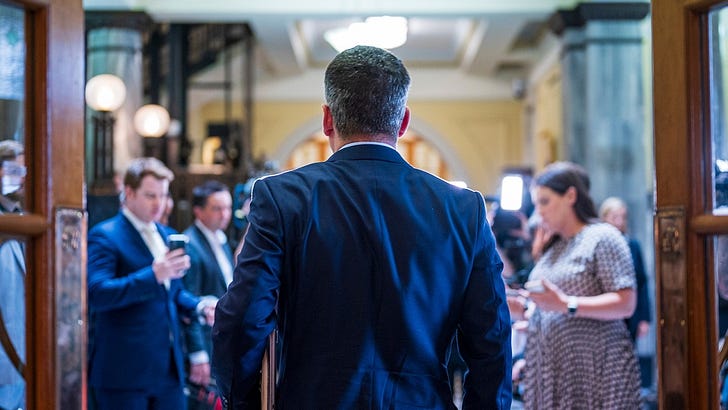
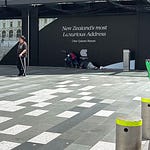

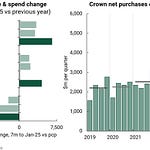




Share this post